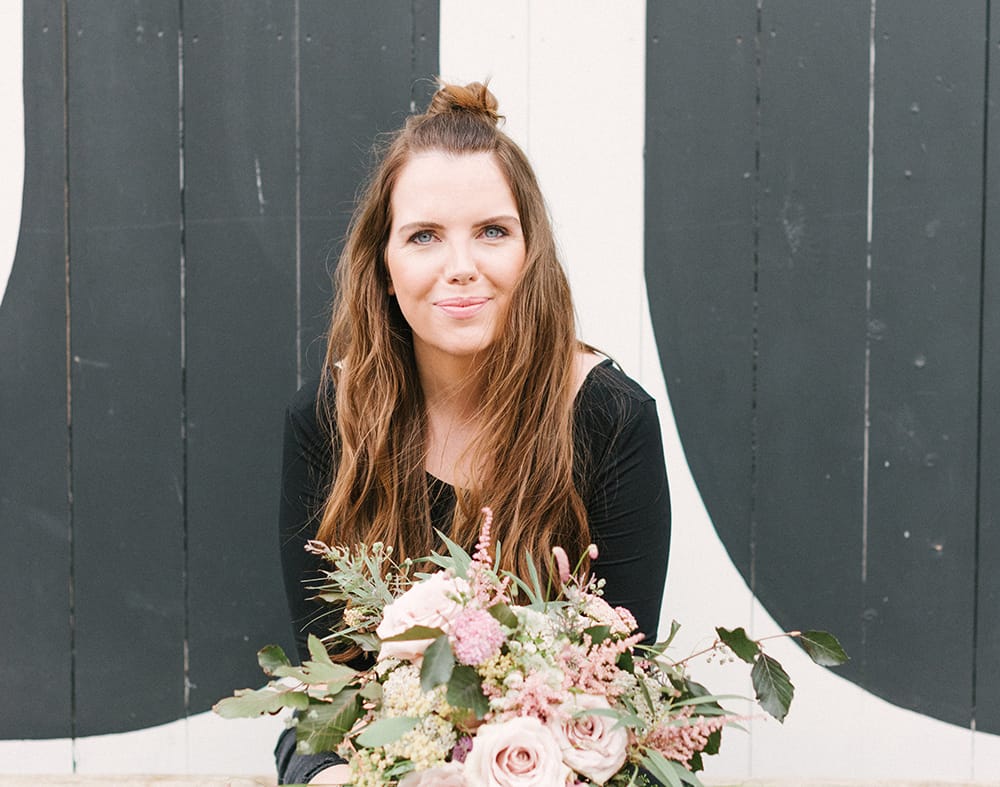Wedding Flowers Part I: The Budget
It’s Katrina here (resident wedding planner for Coco Wedding Venues), taking over the introduction reigns from Emma and stepping away from my usual features about budgets, timelines and my love of all things schedule related!
Today, I have the pleasure of introducing the first of a practical and pretty three-part series about wedding flowers and all in collaboration with one of my biggest wedding supplier crushes – the phenomenal, inspirational, award-winning Jay Archer Floral Design.
As a Wedding Planner, I think it’s vital that I’m constantly learning new skills and fully understanding the industry that I work in. In previous years, I’ve freelanced for caterers and worked back-of-house as well as stepping in to support venues with their on-the-day management. Last year, as I stood outside a Church desperately trying to construct an emergency button hole for one of my Groom’s, I realised that it was about time that I added wedding flowers to the learning agenda!
Jay Archer and her Floral Design Flower School was the obvious place to start so off I headed on a road trip to Hampshire (alongside the lovely Hannah Duffy who was there to capture the experience) to expand my horizons and learn more about the ins and outs of wedding flowers.
The result is a three-part ESSENTIAL series breaking down wedding flowers and hopefully shining a light on an area of wedding planning that isn’t often fully understood, especially when it comes to today’s feature – wedding flower budgets (you know I said I was stepping away from my usual features about budgets well, I lied!).
The reason why today’s feature is so vitally important is because very few people understand the true cost of wedding flowers and as a result, allocations for flowers within wedding budgets is very rarely realistic. SO, if you’re in the throes of pulling together your budget or allocating your expenditure then reading the below first is a wedding planning MUST!
Just as a heads up… Part II is all about seasonality and colour palettes and in Part III I get to tackle the practical side of bouquets and buttonholes!)
Jay:
The flower budget… ‘’do we even have one?!’’ Ugh… where to start.
As a wedding florist, I meet couples everyday who come to me for advice on their wedding flowers – what to have, what’s in season and, more importantly, what it will all cost…?
I try to be as helpful as I can right from the off, giving people advice on typical spends for marquees and, say, the church. But the thing is, and here’s the bit where people think I am being evasive or difficult, there really isn’t an average. There are so many variable factors when thinking about your flowers.
Hopefully, if I do my job right, I’ll wipe out some of the myths with this post and actually provide some information that’s useful for the couple planning their wedding.
Here goes!
As Kat recently wrote about here, people often think that if you say the word ‘wedding’ then the price doubles and this is especially true with the flowers. A groom recently said to me ‘’why does the bridal bouquet cost triple what a bouquet would in a shop..?’’. The answer is it’s made using a different method, with more select ingredients, with due care and is sometimes finished with trailing ribbon – I often use silk – instead of cheap cellophane wrapping!
Layer on top of this that most people choose to marry on a Saturday, of which there are only 52 in the year, and it takes approximately 5 days of work to complete your wedding flowers, probably 2 – 3 prep days with additional staff, the day itself and the day after collecting, clearing and cleaning – you’re paying for all of this, plus the time spent meeting you, devising said scheme and the administration side. For me, any one wedding from absolute start to finish, from initial enquiry to last item being put back on the shelf takes 17 full days of work. You’re paying for all of that, not just the wedding day itself.
Using ‘seasonal flowers’ doesn’t always mean cheaper either, for example; English-grown roses are bang in season in June, but they’re often double the price of often cheaper imported counterparts. So why pay more..? Well because they’re scented, aesthetically very different – think petal-full, cabbage type roses over conical ones that never open – and, well, they’re British. To me it’s a no-brainer… But more on seasonality in a later post.
There will be florists out there to suit every taste, every budget and every client. When writing this post I am certainly not speaking for us all, but rather sharing my experience of working on over 500 weddings and also calling upon other florists experiences who have shared their thoughts with me when attending my Flower School.
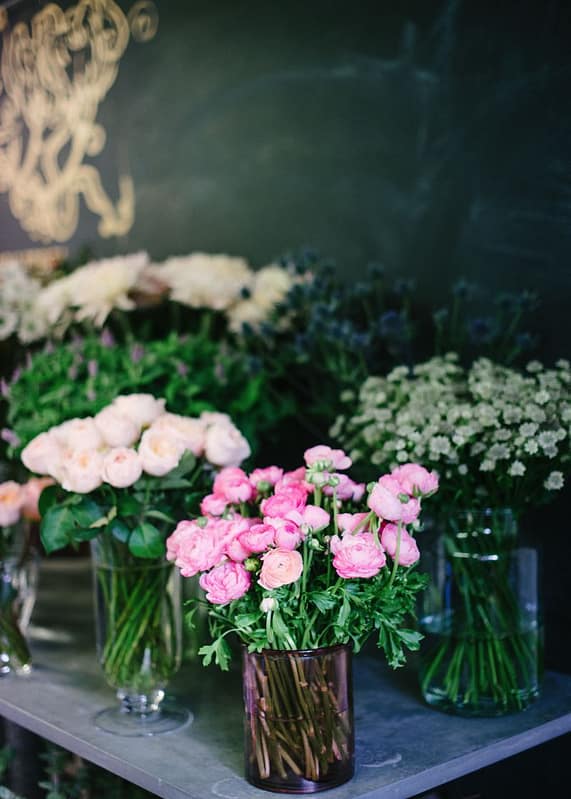
Image by <a class="text-taupe-100" href="http://www.hannahduffy.com" target="_blank">Hannah Duffy Photography</a>.
Wedding Flowers Part I: The Budget.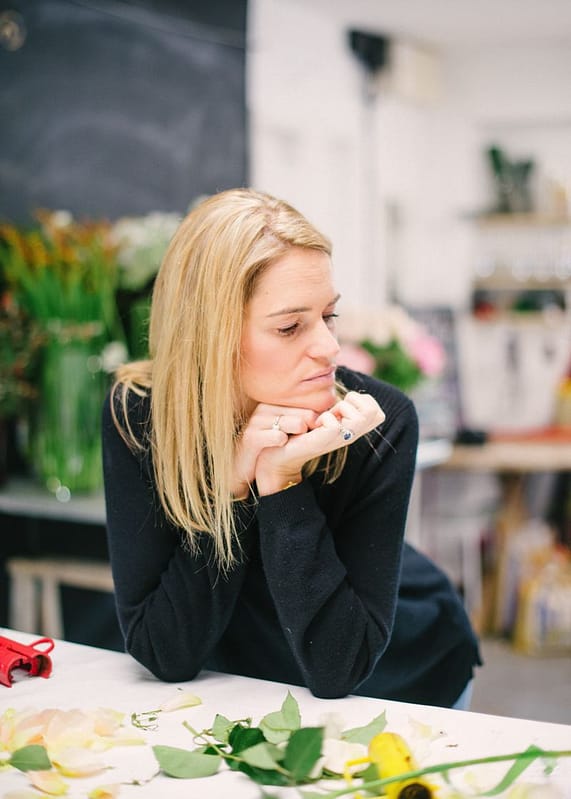
Image by <a class="text-taupe-100" href="http://www.hannahduffy.com" target="_blank">Hannah Duffy Photography</a>.
Wedding Flowers Part I: The Budget.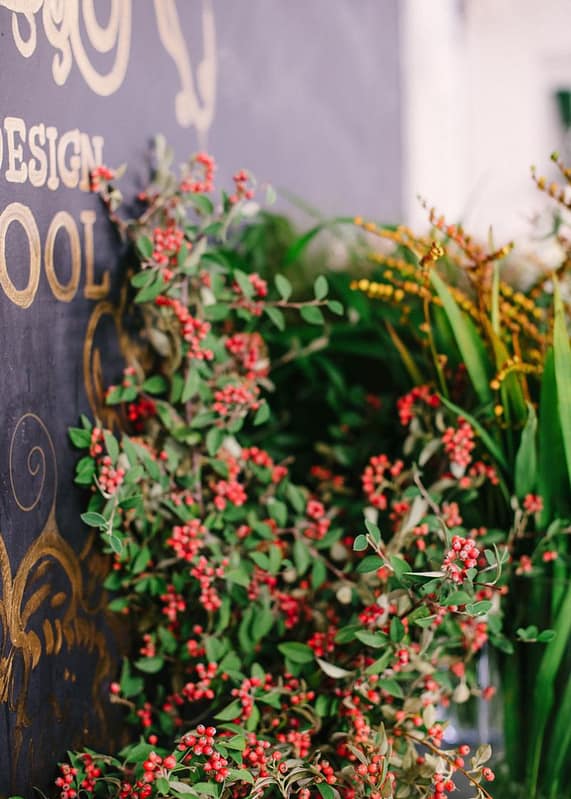
Image by <a class="text-taupe-100" href="http://www.hannahduffy.com" target="_blank">Hannah Duffy Photography</a>.
Wedding Flowers Part I: The Budget.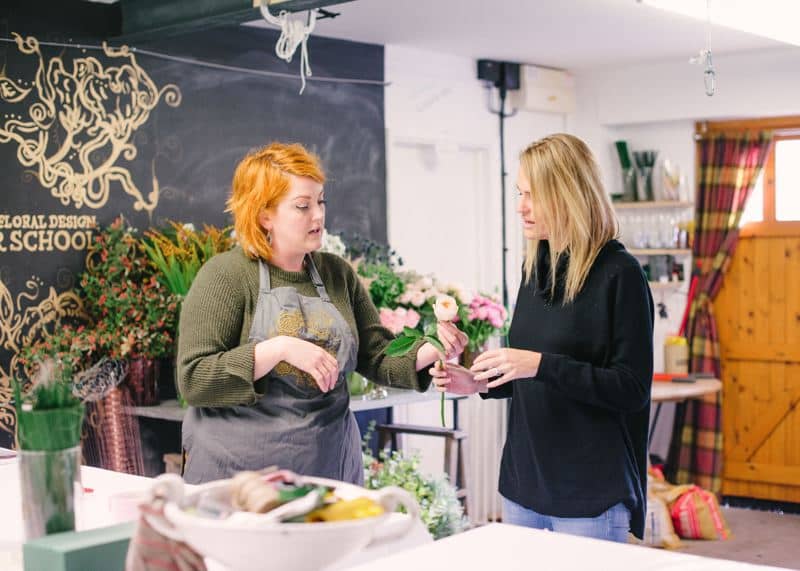
Image by <a class="text-taupe-100" href="http://www.hannahduffy.com" target="_blank">Hannah Duffy Photography</a>.
Wedding Flowers Part I: The Budget.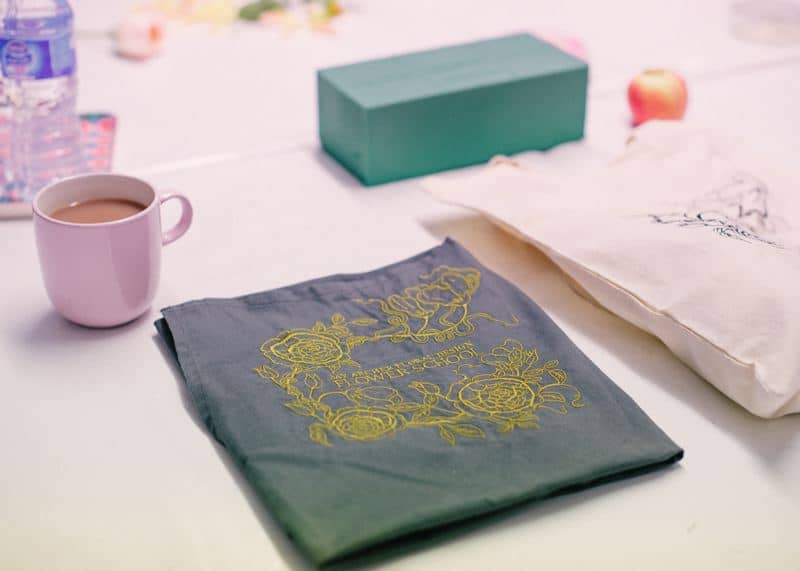
Image by <a class="text-taupe-100" href="http://www.hannahduffy.com" target="_blank">Hannah Duffy Photography</a>.
Wedding Flowers Part I: The Budget.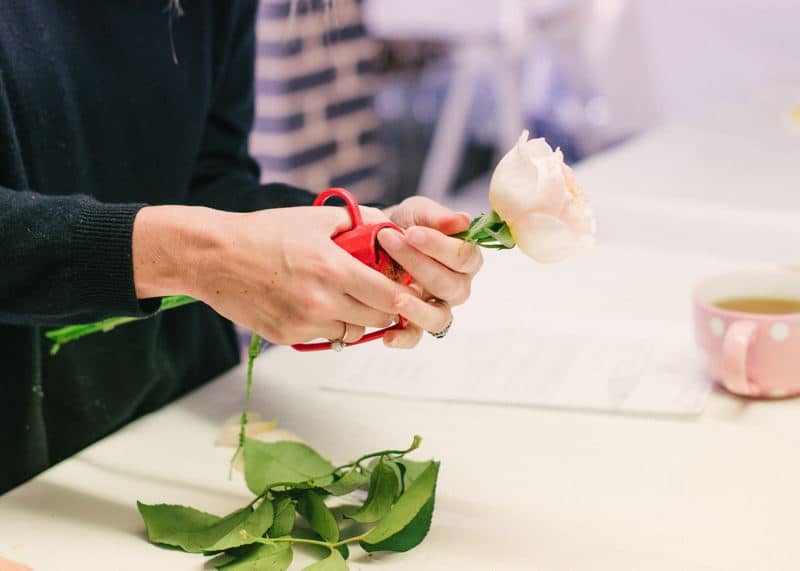
Image by <a class="text-taupe-100" href="http://www.hannahduffy.com" target="_blank">Hannah Duffy Photography</a>.
Wedding Flowers Part I: The Budget.
Finding Your Florist
Before you even enquire or look at suppliers in your area, make a list of your absolute essentials and then your wishlist items. Your essentials may include your personal flowers (bridal bouquet, buttonholes etc), front of ceremony flowers, table centres and thank you gift bouquets. Your wishlist items may include *that* flower arch / external church décor, marquee ceiling décor and cake flowers.
As a general rule, the flower spend is usually around 10% of the final figure of the wedding. Some couples will spend less, some will spend more if the florals are a big deal. Many may choose to DIY their own wedding flowers, and there are many artisan growers out there who can supply you with a ‘Buckets and Bouquets’ service.
On that point, I strongly believe you get what you pay for. Depending on our experience and the aesthetic of the wedding, why would you choose one of the most important days of your life to learn a new skill..? Think carefully – I’ve had many a panicked client call me the day before, or on the day asking for help on wilted blooms. Floristry is a skill – there’s more to it than bunging a few stems in a vase.
So, you have your lists and you’ve spoken to your partner about your joint ideas, expectations and must-haves; you can now start the search for your florist! I would recommend starting on social media platforms and use hashtags to identify suppliers in your area or those who will travel to you – Instagram is a great place for this! Your Wedding Venue may also be able to recommend people – although as Emma has mentioned in a previous post about venue budgets, you might want to ask how those florists became recommended suppliers to the venue. A great venue will be all about sharing the very best people with their couples.
Once you’ve found a few florists you like the look of, do take a good look at their websites – is there any pricing information on there..? It’s not a negative if there isn’t, but it could help save some time if you have a big list of ‘liked’ suppliers! Follow them for a little while on social media and get a vibe for their style. Many florists will work to all briefs and styles, but some are more specific. Here at Jay Archer Floral Design for example, I’d say our style is quite green and foliage heavy, yet definitely more luxe over twee or rustic!
The next steps are to contact these florists. If you have an idea by now of your spend – and you really should – simply tell them. Many people think ‘oh if I tell them my budget they’ll spend it all’. Well, ummm, yes – is that not the point..? There is no point wasting anyones time – yours or theirs – so we say be upfront! JAFD has a minimum spend of £2,000 plus VAT and I always tell people this in my response to their initial enquiry. It won’t be budget friendly for all, but this is where honesty is absolutely the best policy. It frees you up to move on and find the right florist with the right style and the right budget fit.
If a florist isn’t forthcoming with their costs question them on this – and here’s the bit where I pee off the industry ever so slightly – all florists will have a price list. Whether it’s in their head or a physical one, they will know what their bridal bouquets start at, their buttonholes or their table centres. I whole-heartedly agree that many will want to meet with you to create bespoke schemes and to pin down the many variables I mentioned, but I know I am certainly able to give clients a ball-park cost – it helps them and it helps me.

Image by <a class="text-taupe-100" href="http://www.hannahduffy.com" target="_blank">Hannah Duffy Photography</a>.
Wedding Flowers Part I: The Budget.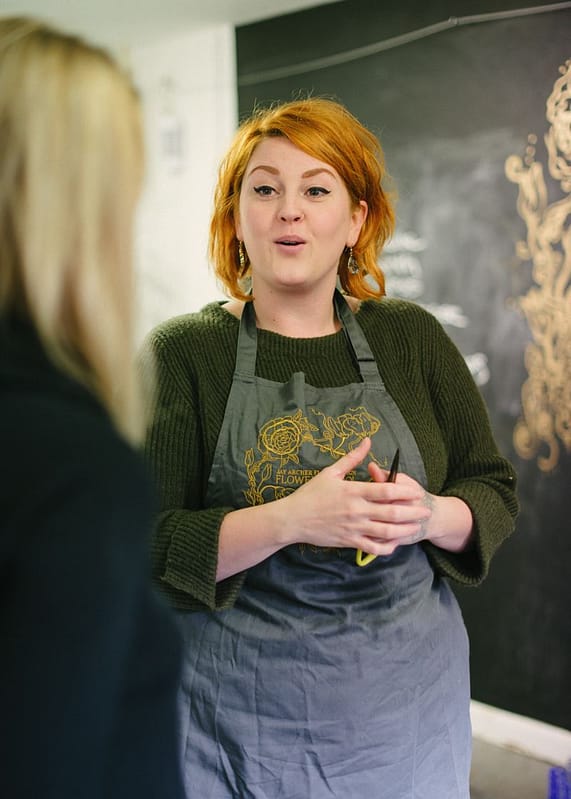
Image by <a class="text-taupe-100" href="http://www.hannahduffy.com" target="_blank">Hannah Duffy Photography</a>.
Wedding Flowers Part I: The Budget.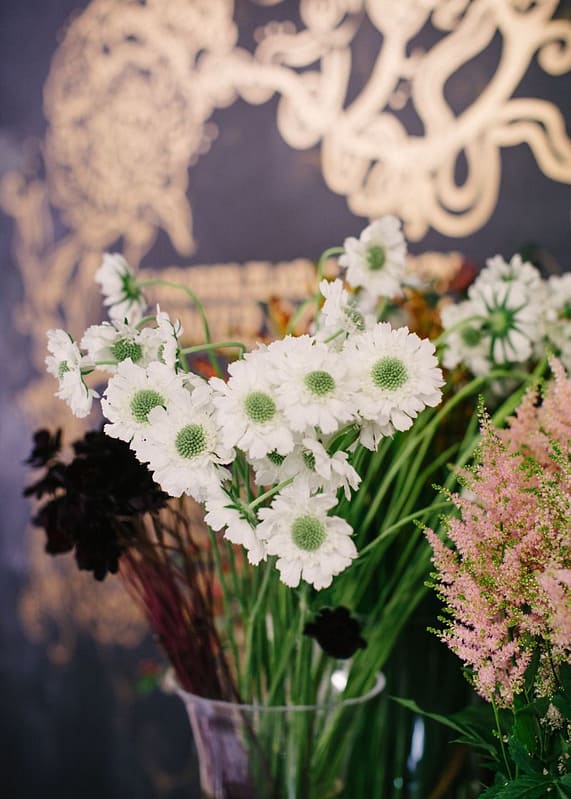
Image by <a class="text-taupe-100" href="http://www.hannahduffy.com" target="_blank">Hannah Duffy Photography</a>.
Wedding Flowers Part I: The Budget.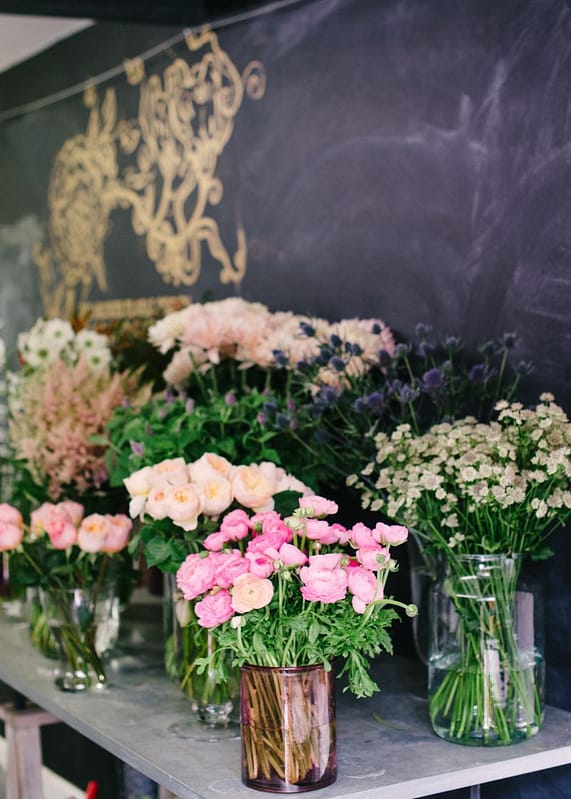
Image by <a class="text-taupe-100" href="http://www.hannahduffy.com" target="_blank">Hannah Duffy Photography</a>.
Wedding Flowers Part I: The Budget.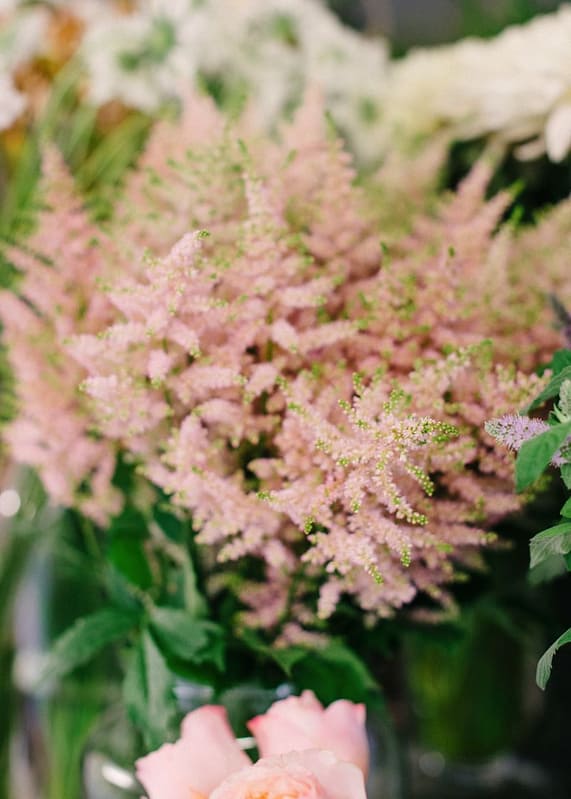
Image by <a class="text-taupe-100" href="http://www.hannahduffy.com" target="_blank">Hannah Duffy Photography</a>.
Wedding Flowers Part I: The Budget.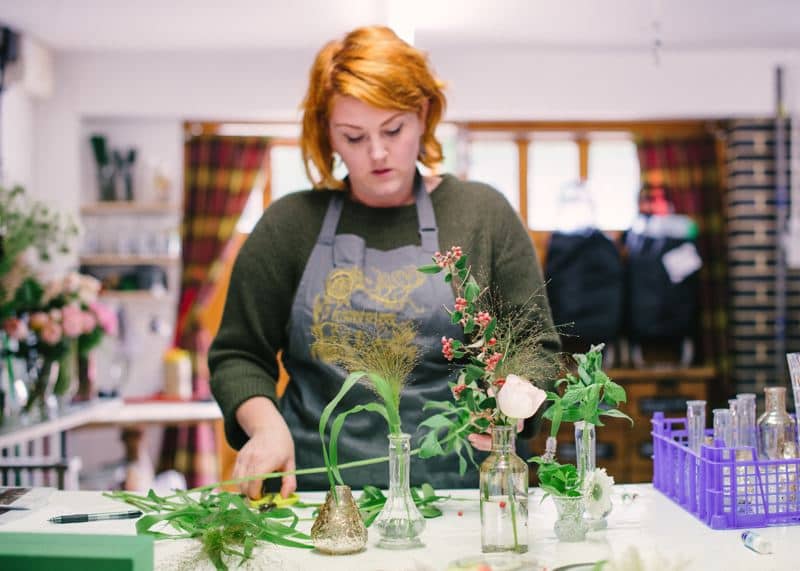
Image by <a class="text-taupe-100" href="http://www.hannahduffy.com" target="_blank">Hannah Duffy Photography</a>.
Wedding Flowers Part I: The Budget.
What Next…?
Ok, so you’ve found the florist(s) you want to see and you all have a rough idea of budget, you’re now at the stage of meeting the florist!
Following this initial consultation the florist should be able to present you with a quote. Do bear in mind that at this early stage of planning, your table numbers, buttonhole requirements, bridesmaid flowers are probably not all confirmed, therefore in the quote labour costs will not be 100% accurate as the full extent of work is still a little unknown. It’s a bit of a chicken and egg situation at this point, but an experienced florist will be able to give you a good indication of where you’re at money wise. Remember your essential and wish-list items – don’t penalise a florist for not being able to get your wishlist into your budget, it may be a case of compromising on certain elements if the budget can not move.
Similarly if a florist comes back and their quote is too high, give them a chance to rework it for you when you’ve decided what you want to omit… if the quote is very low, it doesn’t always mean it’s the best value!
A good business person will send a full break down of costs, as well as the individual flower arrangement costs.
Here’s a little check list for your quotation;
- Consultation fees (I do not charge this, but some do. £50 seems to be the going rate with many refunded if you book)
- Set up fees
- Break down / clear down fees
- Labour
- Travel – including a pre-wedding venue visit
- Midnight clear charges – Some venues insist we go back after the party has finished between 12 – 1am to clear down. Others will have an early morning deadline of 6 or 7am. To de-flower your venue, so to speak, does take time and sometimes we don’t get home until 4am. So a little cost to cover this time is required and hopefully understood.
- VAT – some florist’s will include this, some will add it on at the end and some businesses will not charge it at all – just ensure you understand which one is relevant for you and your quote!
- Cleaning / preparation fees
If your florist quote does not include these items, simply ask them why – many will build the above costs into individual arrangement fees so there will not be a separate section for them. Essentially, you want to ensure and confirm the figures they’re giving you before you book include ALL expected costs.
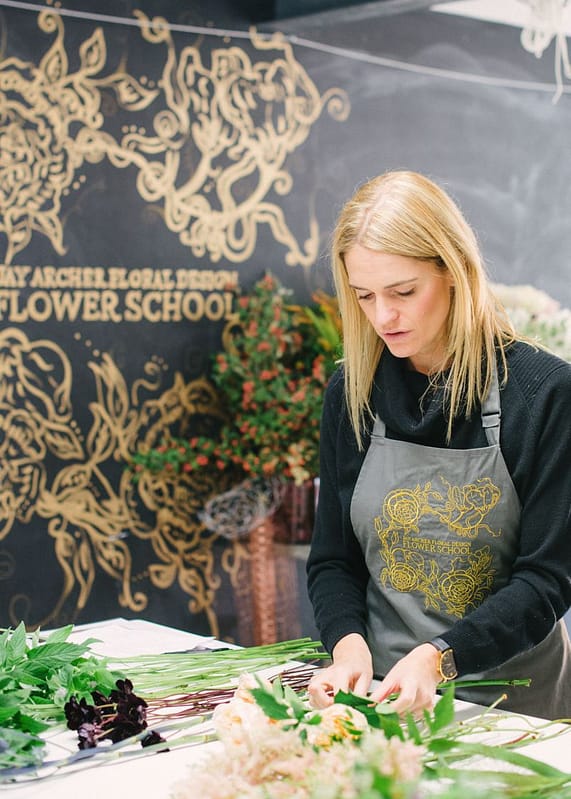
Image by <a class="text-taupe-100" href="http://www.hannahduffy.com" target="_blank">Hannah Duffy Photography</a>.
Wedding Flowers Part I: The Budget.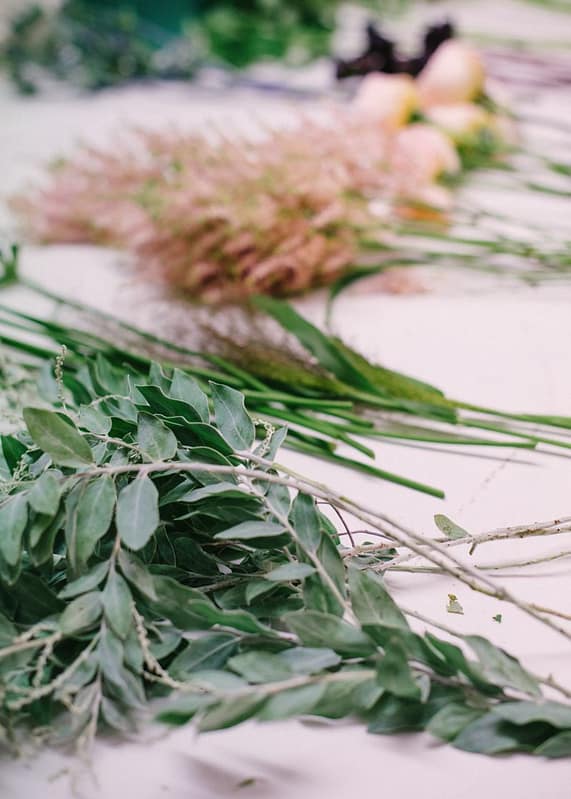
Image by <a class="text-taupe-100" href="http://www.hannahduffy.com" target="_blank">Hannah Duffy Photography</a>.
Wedding Flowers Part I: The Budget.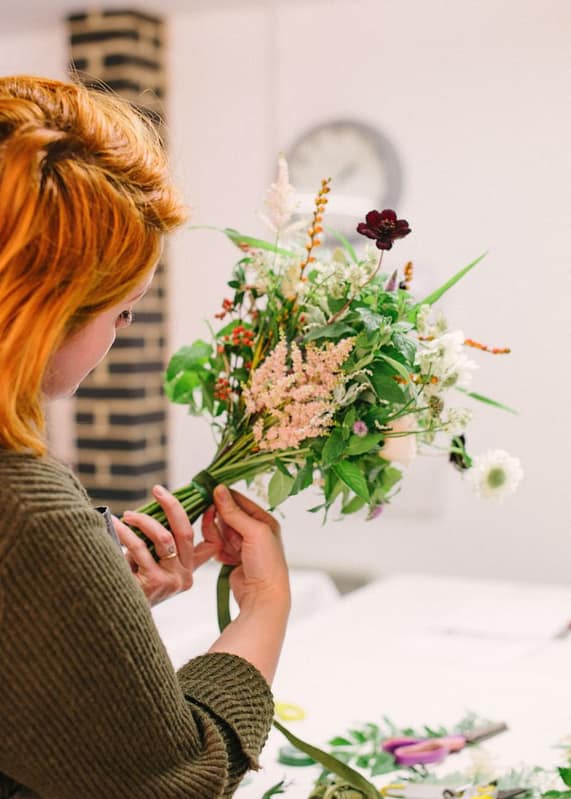
Image by <a class="text-taupe-100" href="http://www.hannahduffy.com" target="_blank">Hannah Duffy Photography</a>.
Wedding Flowers Part I: The Budget.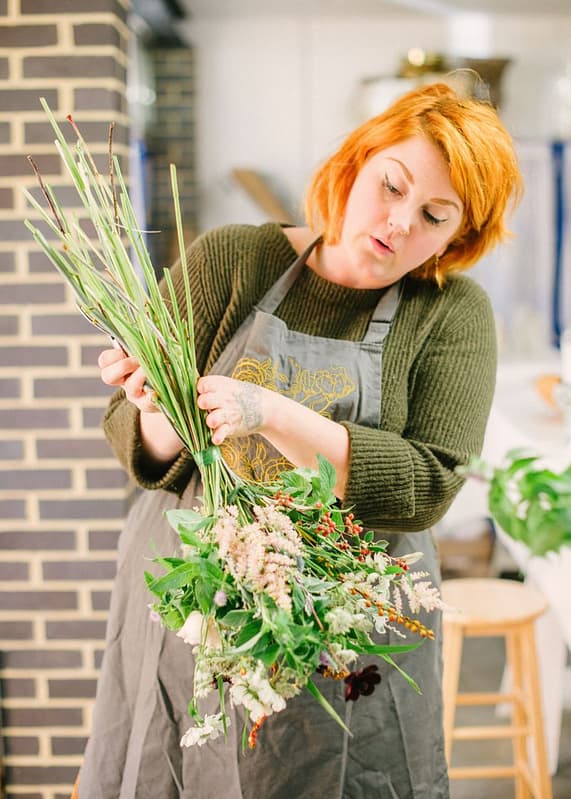
Image by <a class="text-taupe-100" href="http://www.hannahduffy.com" target="_blank">Hannah Duffy Photography</a>.
Wedding Flowers Part I: The Budget.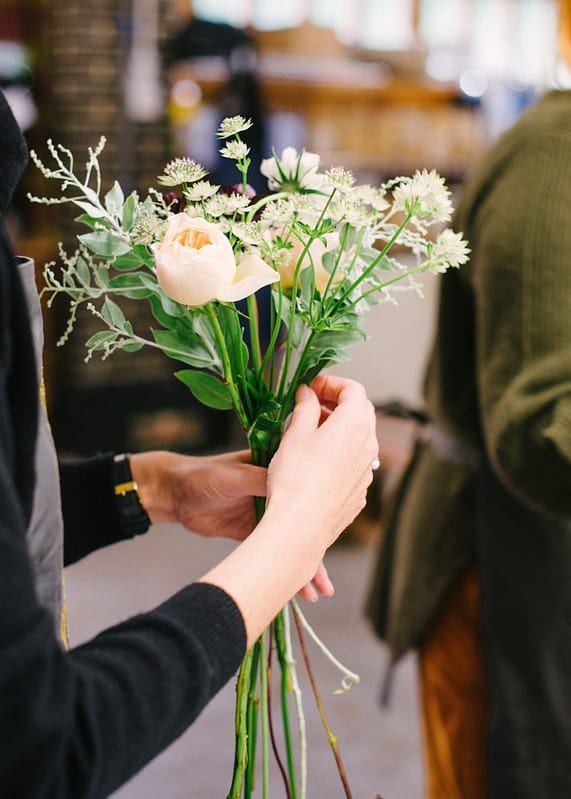
Image by <a class="text-taupe-100" href="http://www.hannahduffy.com" target="_blank">Hannah Duffy Photography</a>.
Wedding Flowers Part I: The Budget.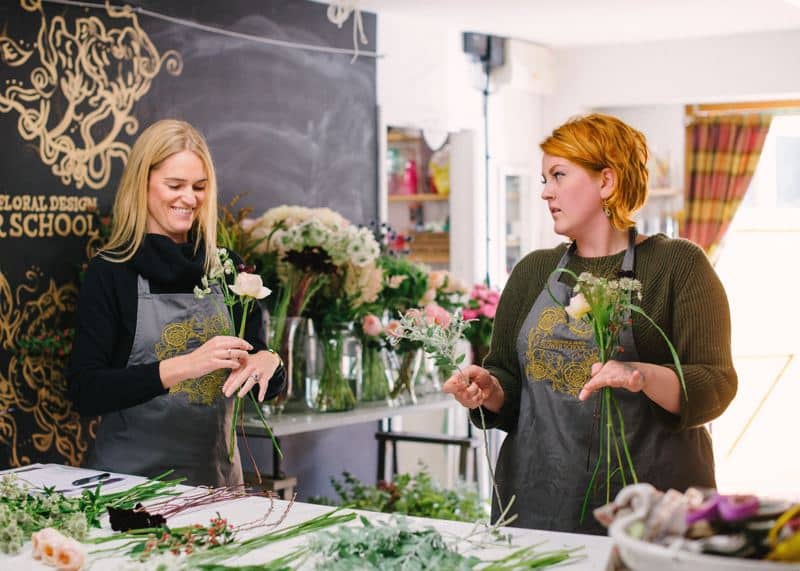
Image by <a class="text-taupe-100" href="http://www.hannahduffy.com" target="_blank">Hannah Duffy Photography</a>.
Wedding Flowers Part I: The Budget.
The Cost of Flowers
So, you’re clued up and know what to expect outside of individual arrangements. But what do the flowers actually cost..?
There’s so much to consider before we even think about the flowers, isn’t there..? I know what I charge, and am happy to share that information. However, this is not a JAFD specific post and therefore, it’d be unbalanced if I list my own prices. I have done a lot of research on different flower prices around the country and, as with many things, there seems to be a bit of a North / South divide… I do hope the following average costs help but please bear in mind, this is very generic;
South England
Bridal bouquet:
- From £150 – Trailing (teardrop(ish) shape)
- From £90 – Handtied (more rounded one)
- Note, trailing ribbons will be an extra cost
- Roses, tuberose, lily of valley, peonies and hydrangea are all popular bouquet ingredients but generally more expensive than, say, dahlia, stocks, scabious and chrysanthemums
Buttonholes:
- From £7
Low tablecentres:
- From £18 – Jam jars (often a grouping of these is needed for a table as one singular is too small)
- From £45 – Posy vase
- From £65 – Compote / footed bowl arrangement
Tall centrepieces:
- From £150 – Candelabra
- From £120 – Tall glass vases
Urn arrangements:
- From £150
Archways:
- From £450
North England
Bridal bouquet:
- From £120 – Trailing (teardrop(ish) shape)
- From £75 – Handtied (more rounded one)
- Note, trailing ribbons will be an extra cost
- Roses, tuberose, lily of valley, peonies and hydrangea are all popular bouquet ingredients but generally more expensive than, say, dahlia, stocks, scabious and chrysanthemums
Buttonholes:
- From £5
Low tablecentres:
- From £10 – Jam jars (often a grouping of these is needed for a table as one singular is too small_
- From £30 – Posy vase
- From £50 – Compote / footed bowl arrangement
Tall centrepieces:
- From £90 – Candelabra
- From £70 – Tall glass vases
Urn arrangements:
- From £110
Archways:
- From £250
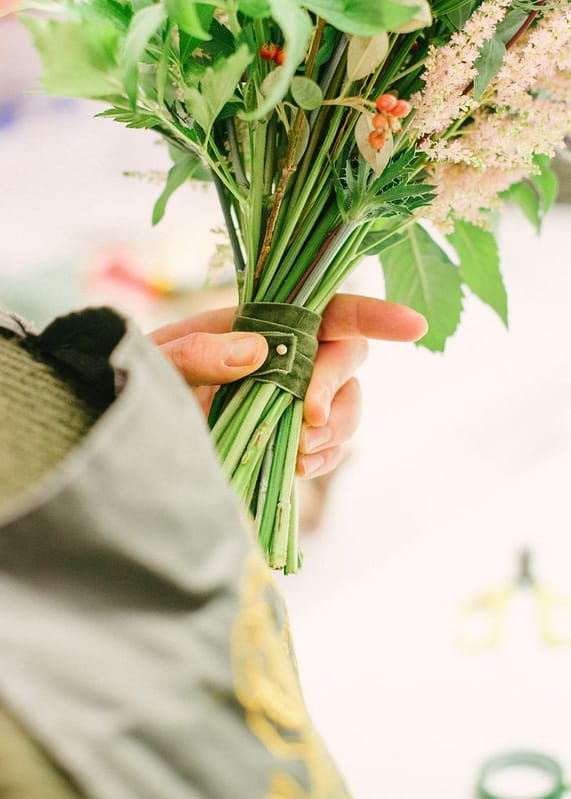
Image by <a class="text-taupe-100" href="http://www.hannahduffy.com" target="_blank">Hannah Duffy Photography</a>.
Wedding Flowers Part I: The Budget.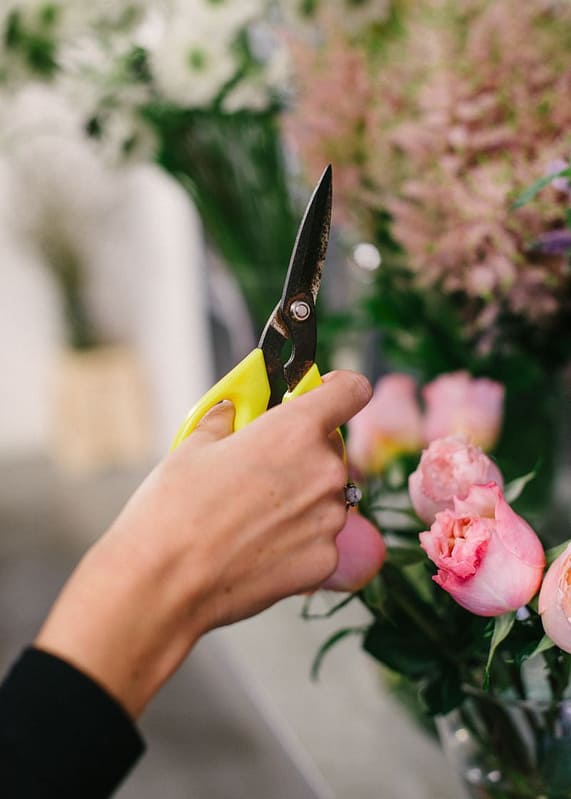
Image by <a class="text-taupe-100" href="http://www.hannahduffy.com" target="_blank">Hannah Duffy Photography</a>.
Wedding Flowers Part I: The Budget.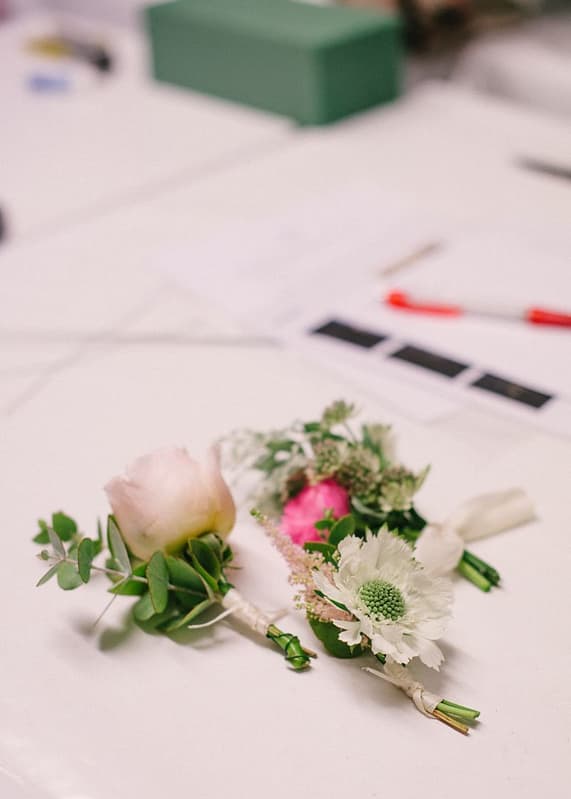
Image by <a class="text-taupe-100" href="http://www.hannahduffy.com" target="_blank">Hannah Duffy Photography</a>.
Wedding Flowers Part I: The Budget.
Image by <a class="text-taupe-100" href="http://www.hannahduffy.com" target="_blank">Hannah Duffy Photography</a>.
Wedding Flowers Part I: The Budget.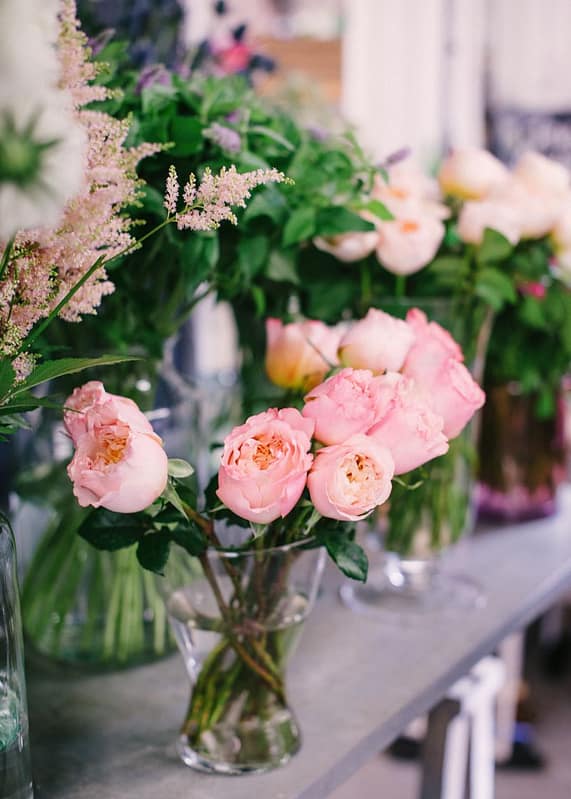
Image by <a class="text-taupe-100" href="http://www.hannahduffy.com" target="_blank">Hannah Duffy Photography</a>.
Wedding Flowers Part I: The Budget.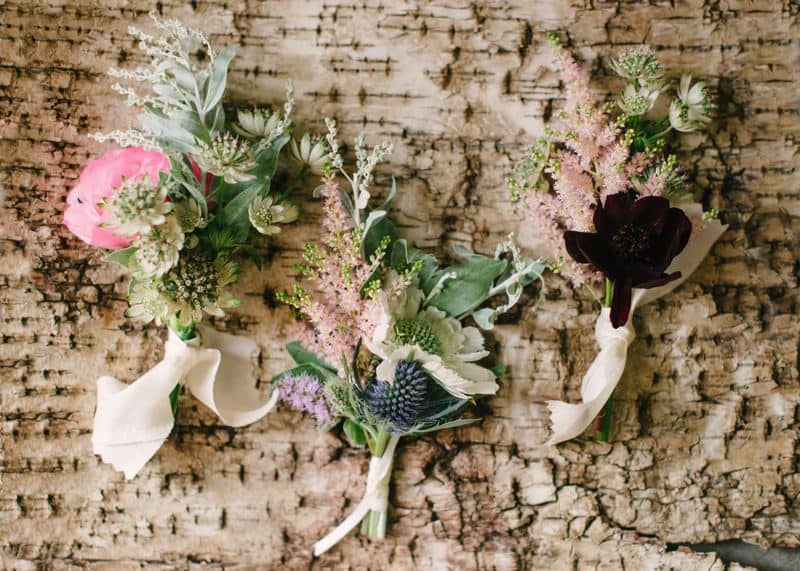
Image by <a class="text-taupe-100" href="http://www.hannahduffy.com" target="_blank">Hannah Duffy Photography</a>.
Wedding Flowers Part I: The Budget.
So that’s it… hopefully you feel a little more prepared with a few general pointers on what to ask your florist. Essentially, this post is about ensuring both you and your florist are working together, but I also hope it’s given a little more insight into what wedding florists do and the value behind their professional skills.
Posts like this will only work the more people share their experiences and expertise. If you’re reading this and have something to add, I know Jay would love to hear from you – be it a couple planning their wedding or an industry professional.
Lots of love…
Discover our Venues
Refine your wedding venue search by location, capacity, type, and style.
Visit Venue FinderSuppliers We Love
From photographers to bridal fashion and styling, find the best wedding suppliers right here.
View Suppliers